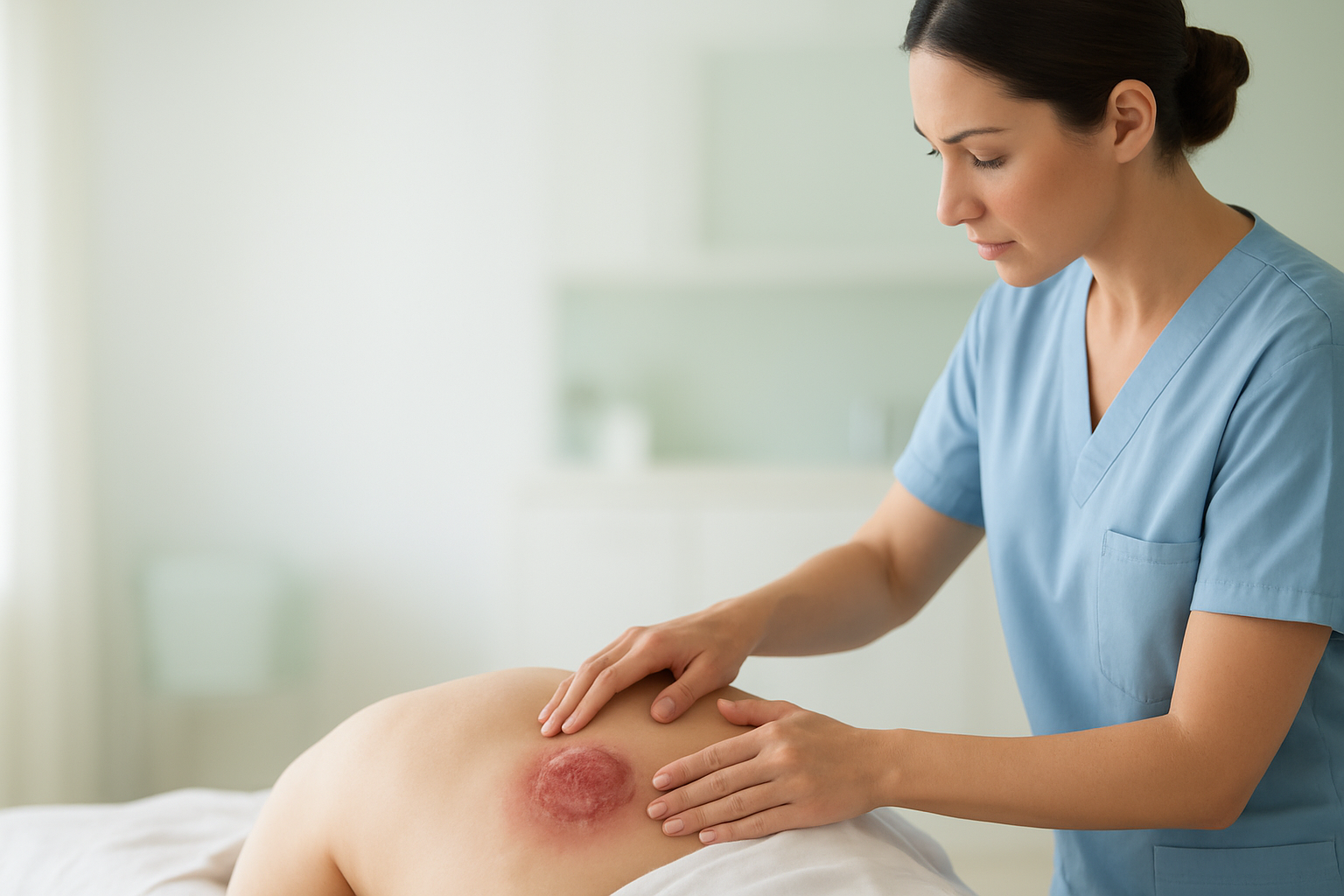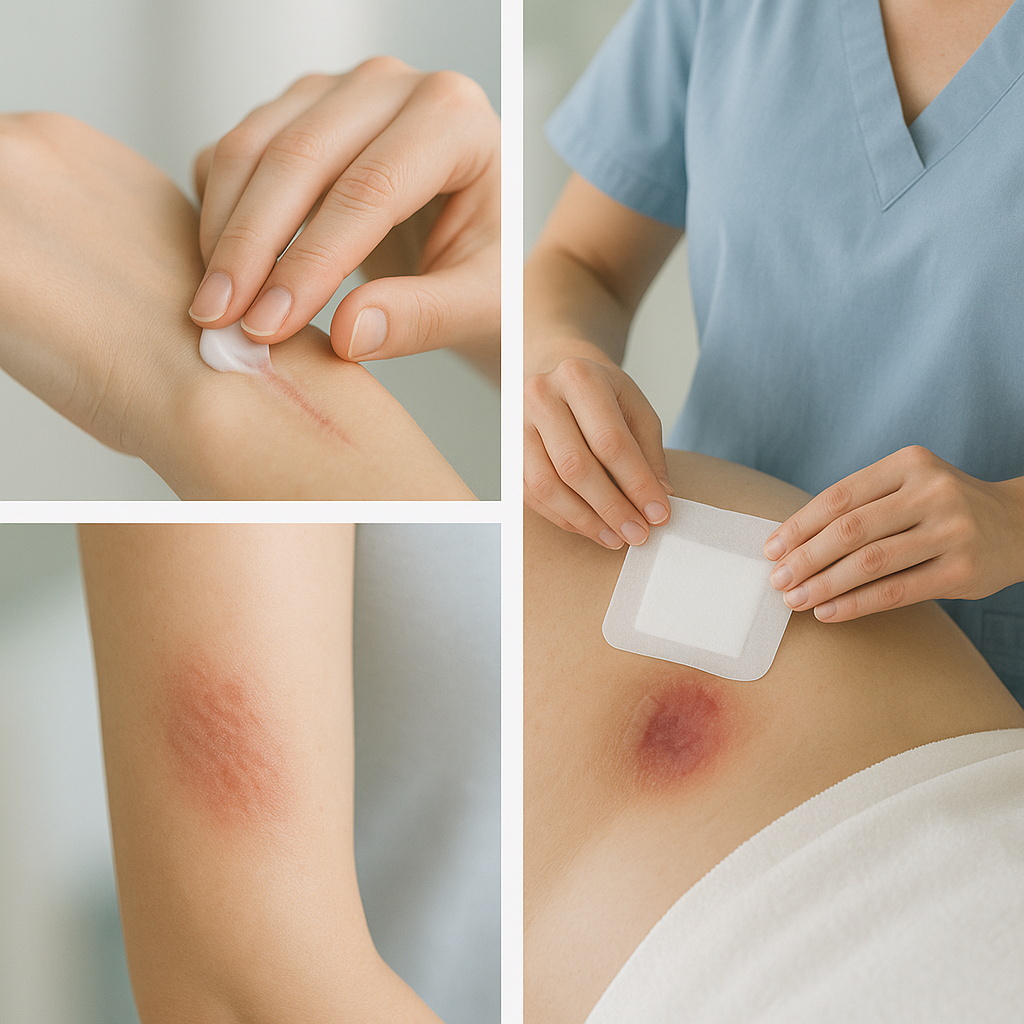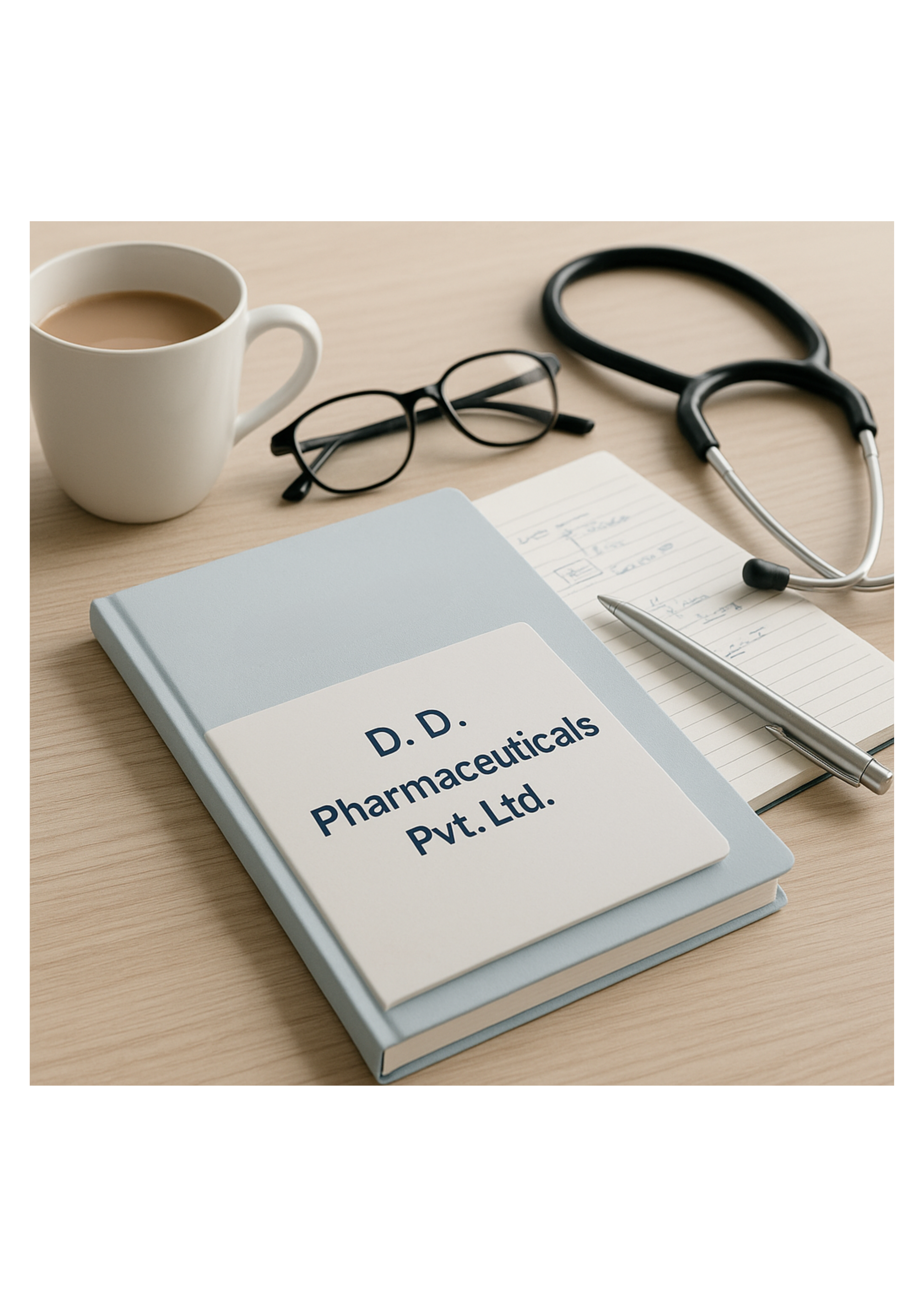Pressure Ulcers
Comprehensive care and prevention strategies for patients at risk. Our expert team provides evidence-based treatment and support for optimal healing outcomes.

95% Success Rate
In early intervention cases
Preventable
With proper care
What Are Pressure Ulcers?
Pressure ulcers, also known as bedsores or pressure sores, are injuries to the skin and underlying tissue that develop when sustained pressure cuts off circulation to vulnerable parts of the body. These wounds commonly occur in people who are bedridden, use wheelchairs, or cannot change positions frequently.
Common Causes
- Sustained pressure on skin and tissue
- Friction from sliding or being dragged
- Shearing when skin moves in opposite directions
- Moisture from incontinence or excessive sweating
Risk Factors
- Limited mobility or immobility
- Diabetes and circulation problems
- Advanced age and fragile skin
- Poor nutrition and dehydration
Stages of Pressure Ulcers & Care Solutions

Stage 1
Skin remains intact but appears red, warm, and painful. Early intervention is crucial to prevent worsening.
Recommended Products:

Stage 2
Partial skin loss with exposed dermis. Appears as a shallow, open ulcer with a red or pink wound bed.
Recommended Products:

Stage 3
Full-thickness skin loss. Subcutaneous fat may be visible. Requires advanced wound care to promote healing.
Recommended Products:

Stage 4
Full-thickness skin and tissue loss with exposed bone, tendon, or muscle. Often includes tunneling and high infection risk.
Recommended Products:
Recognizing the SymptomsRecognizing the Symptoms
Early SymptomsEarly Symptoms
- Skin discoloration (red, purple, or darker than surrounding skin)
- Warmth or coolness in the affected area
- Pain or tenderness in the area
- Changes in skin texture (firmness or sponginess)
Advanced SymptomsAdvanced Symptoms
- Open wounds or blisters
- Foul-smelling drainage or pus
- Visible fat, muscle, or bone in severe cases
- Fever or signs of infection
Preventive Care Strategies
Regular Repositioning
Change position every 2 hours when bedridden or every 15 minutes when seated. Use proper lifting techniques to avoid dragging skin.
Pressure Relief Equipment
Utilize specialized mattresses, seat cushions, and padding to distribute weight evenly and reduce pressure on vulnerable areas.
Proper Nutrition & Hydration
Maintain adequate protein intake, stay hydrated, and ensure balanced nutrition to support skin health and healing processes.
Frequently Asked Questions
Yes, with proper treatment and care, most pressure ulcers can heal completely. Early-stage ulcers typically heal faster, while advanced stages may require longer treatment periods and leave some scarring.
Common sites include the tailbone, heels, hips, ankles, shoulder blades, and back of the head. These areas have less muscle and fat padding over bony prominences.
Seek immediate medical care if you notice signs of infection (fever, foul odor, increased pain), rapid worsening of the wound, or if a Stage 2 or higher ulcer develops.
Most pressure ulcers are preventable with proper care including regular repositioning, good nutrition, skin care, and use of pressure-relieving devices when indicated.


